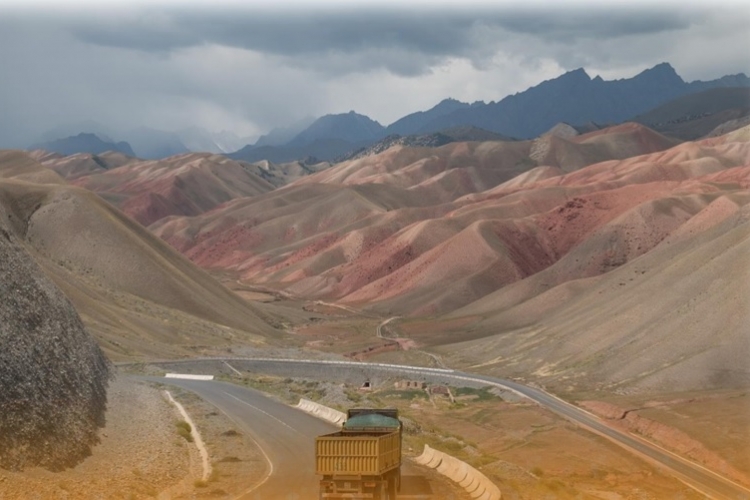In Southeast Asia, COVID-19 Speeds Transition to Digital Technologies
As the novel coronavirus has undertaken its deadly migration across the globe, most attention has understandably focused on its immediate public health consequences, as well as the downstream economic consequences of the lockdown measures needed to contain it.
A less remarked development, however, has been the changes to everyday life that have resulted from the contagion. In particular, a new report reveals the extent to which COVID-19 has driven a dramatic uptake of digital technologies across Southeast Asia, accelerating a profound shift that was already underway.







